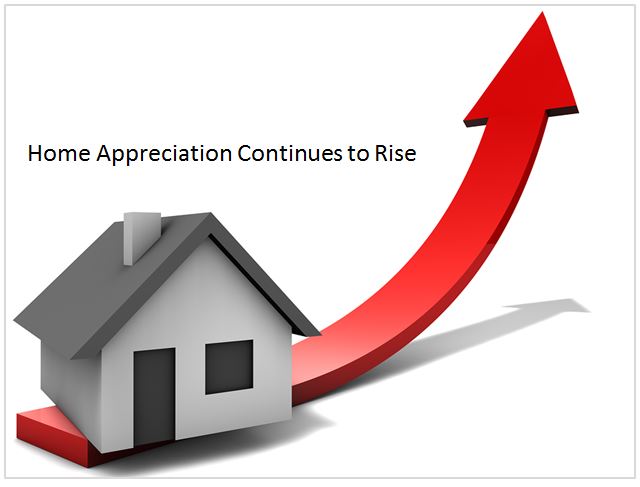Rising interest rates apparently aren’t scaring off buyers, so far at least. A spurt in existing home sales in January pushed the seasonally adjusted annual rate up 3.3% over December to 5.69 million units, a gain of 3.8% year-over-year.
The rate of increase was the strongest for any month since the previous January and sent sales jumping over those from last November to become the best month for existing sales since the peak of 5.79 million units in February 2007.
Condo/coop sales were particularly strong, soaring 8.3% to a seasonally adjusted rate of 650,000 units, an increase of 4.8% over the last 12 months. Single-family sales rose 2.6% to 5.04 million units.
According to the National Association of Realtors, home prices appreciated for the 59th straight month on an annual basis. The median price for all types of homes increased 7.1% year-over-year to $228,900 and was the largest increase in a year.
The Federal Housing Finance Agency’s (FHFA’s) Home Price Index was a little less ebullient than NAR and lags it by a month, but still had annual prices up in December by 6.2%, the strongest year-over-year gain since August. FHFA economist Andrew Leventis said that, while prices probably weren’t yet feeling a full impact from rising interest rates, “There is no evidence of a normalization in the unusually low inventories of homes available for sale, which has been the primary force behind the extraordinary price gains.”
Among other reasons home prices have risen so quickly over the last few years was the increasing size of new homes. Per James McManus, writing in Builder, tight credit, labor and material shortages, and a large share of move-up buyers, pushed builders disproportionately toward bigger, pricier homes, and away from those that would pull droves of renters into homeownership.
The National Association of Home Builders (NAHB) says the average floor area of new homes rose about 11% between 2008 and 2016 to an average of around 2,600 square feet. Recently those home sizes started trending down, and NAHB suggests they are heading for further declines.
McManus says buyers may soon have some fresh options in communities “designed specifically for rental refugees, downsizing discretionary buyers, and those on a modest budget looking to retire to a modest modicum of entitled living.” He quotes one homebuilder who has coined the phrase “entry-level plus” for new developments coming on line in some areas and says they will bring lower price tags along with a smaller footprint.

